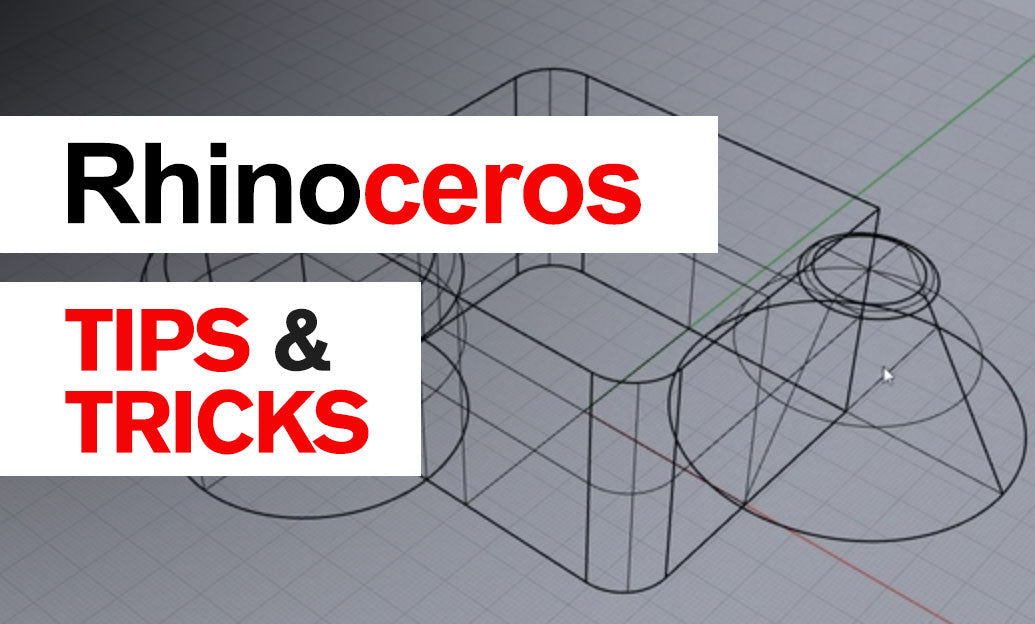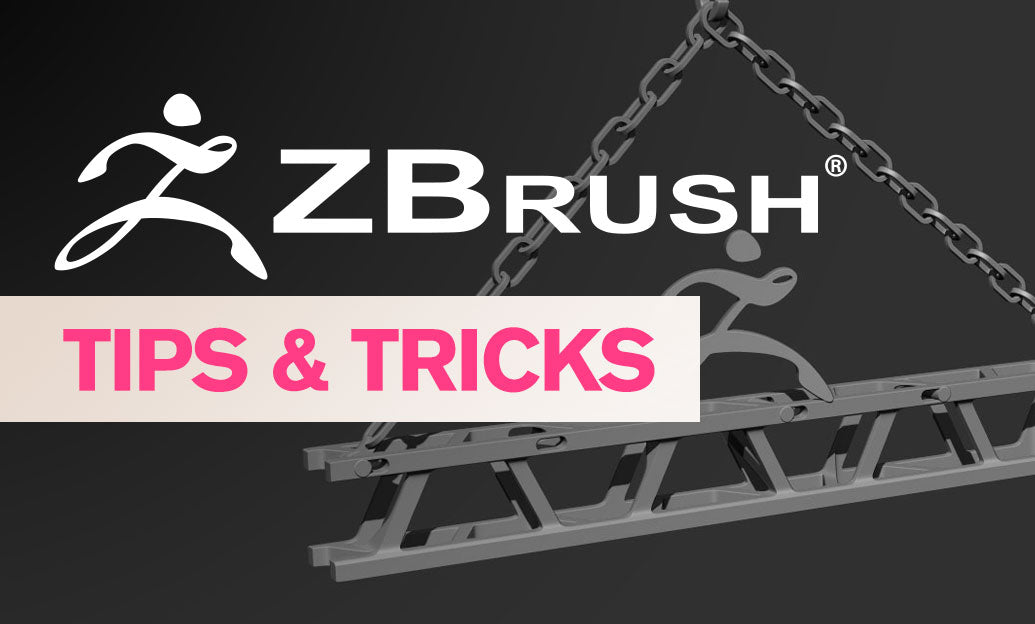Your Cart is Empty
Customer Testimonials
-
"Great customer service. The folks at Novedge were super helpful in navigating a somewhat complicated order including software upgrades and serial numbers in various stages of inactivity. They were friendly and helpful throughout the process.."
Ruben Ruckmark
"Quick & very helpful. We have been using Novedge for years and are very happy with their quick service when we need to make a purchase and excellent support resolving any issues."
Will Woodson
"Scott is the best. He reminds me about subscriptions dates, guides me in the correct direction for updates. He always responds promptly to me. He is literally the reason I continue to work with Novedge and will do so in the future."
Edward Mchugh
"Calvin Lok is “the man”. After my purchase of Sketchup 2021, he called me and provided step-by-step instructions to ease me through difficulties I was having with the setup of my new software."
Mike Borzage
Rhino 3D Tip: Achieving Realistic Materials in Rhino 3D: Essential Techniques and Best Practices
May 06, 2025 3 min read

Enhancing the realism of your 3D models in Rhino hinges on the meticulous creation and application of material properties. Here are some professional tips to help you achieve highly realistic materials in your projects:
- Utilize Physically Based Rendering (PBR) Materials: PBR materials simulate how light interacts with surfaces in the real world. By adopting PBR workflows, you can create materials that respond accurately to lighting conditions, resulting in lifelike reflections and shading. Rhino supports PBR materials, allowing you to input various texture maps like albedo, metallic, roughness, and normal maps to define complex material behaviors.
- Employ High-Quality Texture Maps: The quality of your texture maps directly influences the realism of your materials. Use high-resolution textures for color (diffuse or albedo), bump, normal, specular, and roughness maps. High-quality textures capture the fine details and nuances of real-world materials, such as the grain in wood or the imperfections in metal.
- Ensure Correct Scale and UV Mapping: Realism depends on textures being correctly scaled and mapped onto your 3D models. Use Rhino's UV mapping tools to properly unwrap your models and adjust the texture coordinates. Verify that patterns and details appear at an appropriate scale; for instance, brick textures should match the size of real bricks.
- Fine-Tune Material Properties: Small adjustments to material parameters can have a significant impact. Experiment with settings like reflectivity, transparency, glossiness (roughness), and bump strength. Reflectivity and glossiness control how shiny or matte a surface appears, while bump and normal maps add perceived depth without altering geometry.
- Reference Real-World Materials: Study how real materials behave under various lighting conditions. Observe characteristics such as how metals reflect their surroundings, or how fabrics diffuse light. Using real-world references ensures that your materials have plausible properties, enhancing authenticity.
- Set Up Realistic Lighting and Environments: Lighting plays a crucial role in material appearance. Use high dynamic range images (HDRIs) for environment lighting to provide realistic reflections and illumination. Adjust Rhino's lighting settings to simulate natural or artificial light sources relevant to your scene.
- Create Layered Materials: Real-world materials often have complex structures. In Rhino, you can layer materials to simulate effects like dust, scratches, or coatings. For example, adding a slight grime layer over a metallic surface can make it look worn and more realistic.
- Adopt a Linear Workflow with Gamma Correction: Working in a linear color space ensures that lighting calculations are physically accurate. Enable gamma correction to avoid washed-out or overly dark renders. This practice maintains color consistency and improves the realism of both materials and lighting.
- Use Procedural Textures and Displacement: Procedural textures can create detailed patterns without relying on image files, reducing memory usage and avoiding texture repetition. Additionally, displacement maps can add actual geometric detail to surfaces, enhancing realism for close-up views.
- Iterative Testing with Previews: Regularly render previews of your materials within the scene context. This allows you to see how materials interact with lighting and other objects, enabling you to make informed adjustments. Utilize Rhino's render viewport for real-time feedback where possible.
By incorporating these techniques, you can elevate the realism of your materials in Rhino 3D, resulting in more convincing and engaging visualizations. Remember, attention to detail in material creation can significantly impact the overall quality of your renderings.
For a wide selection of professional textures, plugins, and rendering tools to enhance your Rhino projects, visit NOVEDGE, the leading online store for design software and resources.
You can find all the Rhino products on the NOVEDGE web site at this page.
Also in Design News

Cinema 4D Tip: Lock Framing Early with Cinema 4D Safe Frames and Aspect Overlays
October 30, 2025 2 min read
Read More
ZBrush Tip: Conservative Projection Workflow for Artifact-Free Detail Transfer
October 30, 2025 2 min read
Read More
V-Ray Tip: Bake Static GI into Lightmaps for Real-Time Engines
October 30, 2025 2 min read
Read MoreSubscribe
Sign up to get the latest on sales, new releases and more …


